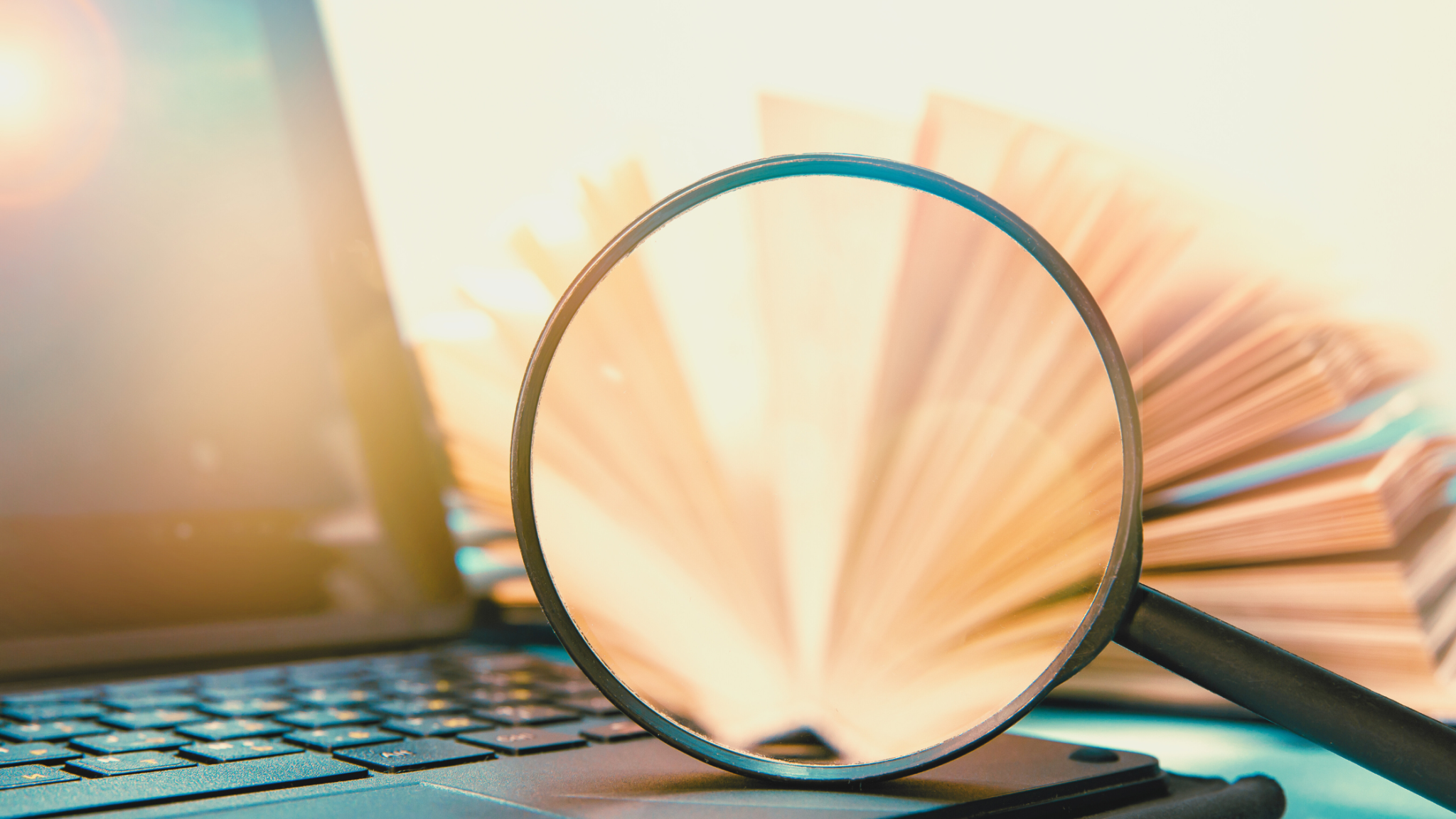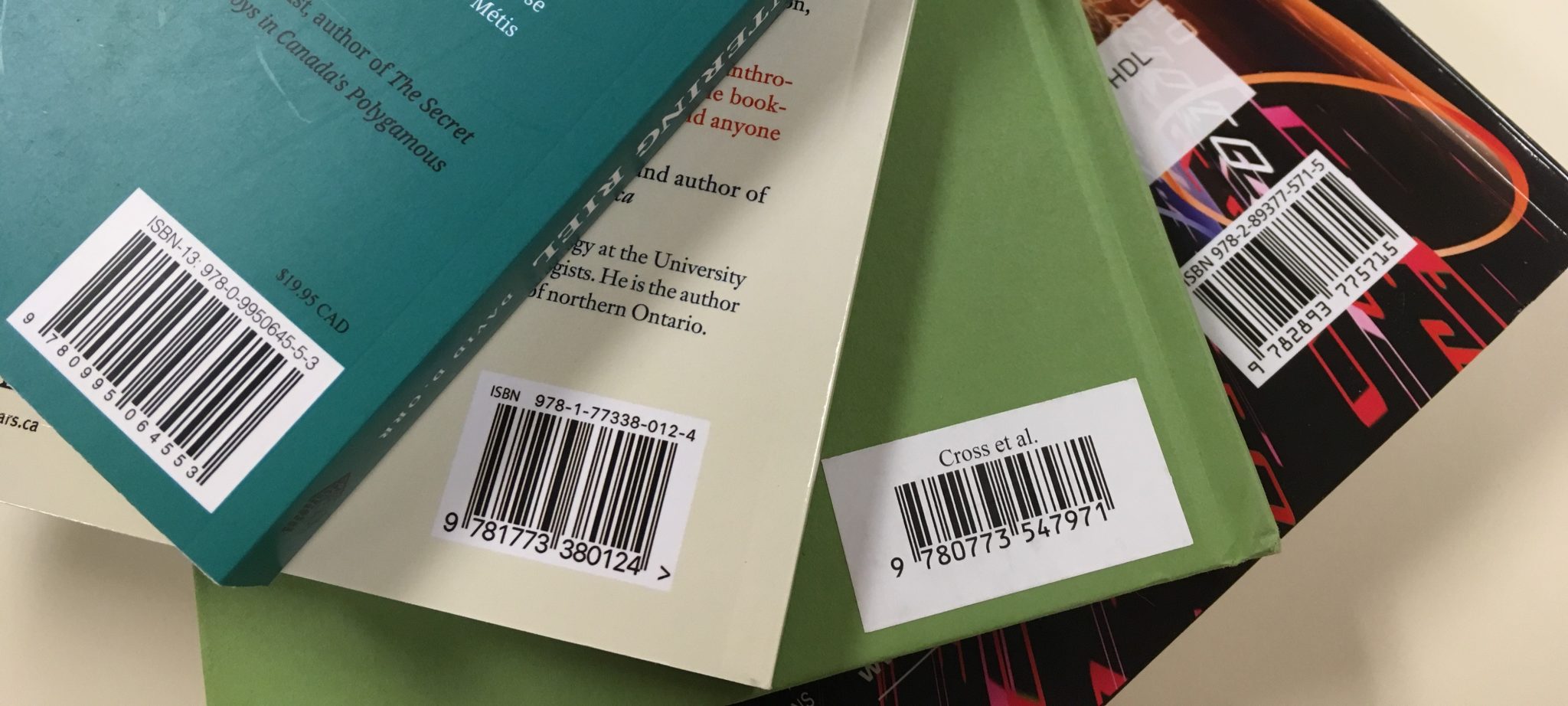
Whether you’re buying, selling, cataloging, or simply verifying a book, knowing how to check its ISBN (International Standard Book Number) is beneficial. This unique identifier helps libraries, bookstores, and readers distinguish between different books, even editions or formats of the same title. If you need to confirm a book’s edition or publishing details, the fastest way is to look up the ISBN. It’s a reliable method that ensures you’re working with the exact version of a book you intend to reference or purchase.
In this guide, we’ll walk you through where to find the ISBN, how to look it up, and tips to ensure you’re checking it correctly.

There are several practical reasons to check a book’s ISBN. If you’re a buyer, it ensures you’re ordering the correct edition or format, such as distinguishing between a hardcover and a paperback. For sellers, listing the correct ISBN ensures your book can be accurately found in online marketplaces. Libraries and educators often use ISBNs to catalog titles in their systems, and collectors may use them to verify the authenticity of a book or its publishing details.
The ISBN is typically located on the back cover of a printed book, often just above or near the barcode. If it’s not there, you can usually find it on the copyright page, also known as the title verso, which is found just after the cover and title pages. This page typically contains publication information, often including the ISBN near the bottom.
In the case of digital books, the ISBN is often embedded in the file’s metadata and may also appear in the front matter of the e-book, typically among the opening pages or in the publishing information section.
Once you have the ISBN in hand, verifying it or finding more information is simple with the help of online tools. Websites such as ISBNsearch.org and BookFinder.com enable you to enter the ISBN and retrieve the book’s title, author, publisher, and edition information instantly. You can also use Google by typing the ISBN directly into the search bar; this usually returns results from several book retailers, libraries, and other databases.
Online bookstores, such as Amazon, Barnes & Noble, and AbeBooks, also utilize ISBNs to manage their book listings. Simply entering the ISBN into their search bars will bring up the exact book, including its format and current pricing options. If you’re trying to locate a book through a library, public catalogs such as WorldCat.org or a university library’s system will also allow ISBN searches.
To ensure you obtain the correct results when checking an ISBN, ensure that you enter all 13 digits correctly (or 10 digits for older books). A single wrong digit can lead to a completely different book or no result at all. Be aware that books published before 2007 might only have a 10-digit ISBN, though these can be converted to the 13-digit format using free online tools.
Some older or rare books may not have an ISBN at all, particularly those published before the system was standardized in the early 1970s. In such cases, you’ll need to search by title, author, and publisher details instead.
It is also important to note that each edition or format of a book (such as paperback, hardcover, or e-book) should have its own unique ISBN. So if you’re trying to buy or list a specific version, using the correct ISBN ensures accuracy.
A valid ISBN-13 should always contain 13 digits and begin with 978 or 979. If a book has a number that doesn’t follow this format, or has too many or too few digits, it’s likely invalid. If the number pulls up a different title, author, or publisher than what’s printed on the book, that’s a major red flag. Counterfeit or pirated books often reuse or fabricate ISBNs that don’t match the content they’re attached to.
Suppose a seller lists a book titled The Great Adventure with the ISBN 9781234567897, but when you search for that number, it returns an entirely different book, such as a cookbook published by another company. That mismatch likely indicates the ISBN is fake or misused. Also, if the barcode on the back of the book appears poorly printed or does not match the ISBN printed above it, proceed with caution. When in doubt, always compare the ISBN against a reputable lookup tool to ensure the number and the book are genuine.
Knowing how to check and look up ISBN numbers can save you from making costly mistakes, especially when dealing with multiple editions or sellers. It’s a quick and precise way to ensure you’re working with the right book, whether you’re adding it to your collection, sourcing for academic work, or listing it online.
By learning how to locate the ISBN and look it up through trusted resources, you’re one step ahead in navigating the world of books with confidence and accuracy.
